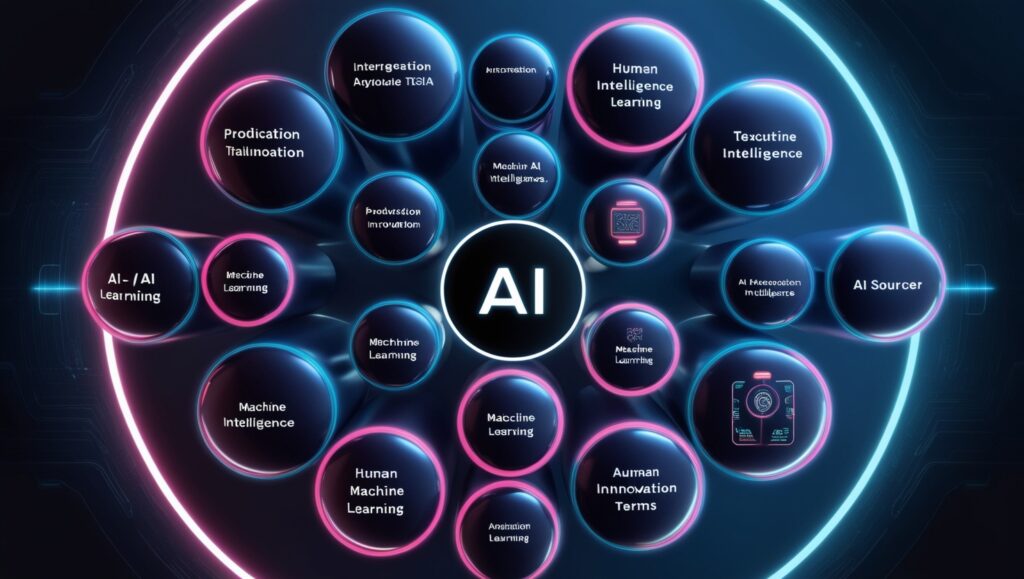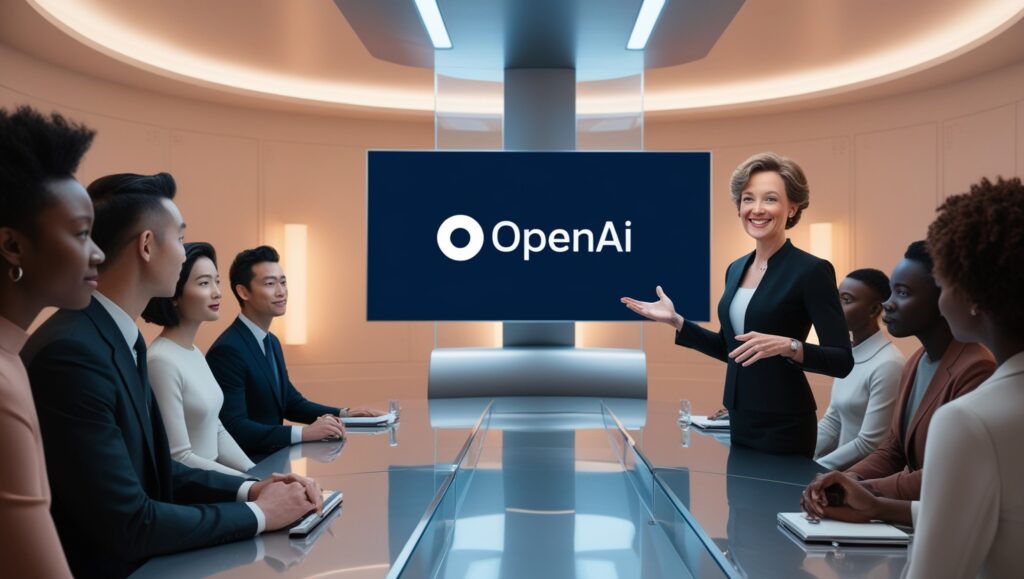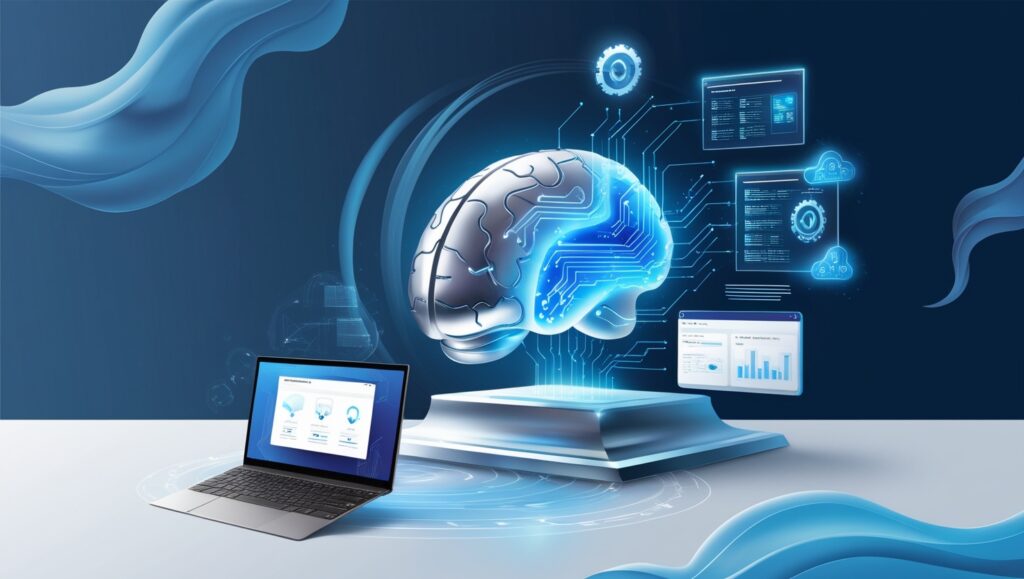ChatGPT fundamentally altered how people interacted with technology when it was introduced in late 2022. All of a sudden, internet queries could be used to initiate natural language conversations with chatbots and receive creative responses in return, just like a human would. Because of how revolutionary it was, Google, Meta, Microsoft, and Apple all started incorporating AI into their product lineups very soon.
However, the landscape of AI is much more than just that aspect of chatbots. While it’s great to have ChatGPT assist with your homework or for Midjourney to produce intriguing mech images according to the country of origin, the potential of generative AI could fundamentally alter economies. According to McKinsey Global Institute, that might be worth $4.4 trillion to the world economy each year, so you should expect to hear more and more about artificial intelligence.
It’s appearing in an overwhelming number of products; a short, short list includes devices from Humane and Rabbit, Microsoft’s Copilot, Anthropic’s Claude, Google’s Gemini, and Perplexity AI search tool.
There are new terms appearing everywhere as people get used to living in a world where artificial intelligence is pervasive. Here are some key AI terms you should be aware of, whether you’re trying to impress in a job interview or sound intelligent over drinks.
There will be frequent updates to this glossary.
AGI or artificial general intelligence: A more sophisticated form of artificial intelligence than what we currently understand, known as artificial general intelligence, or AGI, is envisioned as being able to teach and develop itself in addition to performing tasks far more efficiently than humans.
AI ethics: Aims to prevent AI from causing harm to humans by establishing guidelines for how AI systems should handle bias and gather data.
AI safety: The multidisciplinary field of “AI safety” is concerned with the long-term effects of artificial intelligence (AI) and the possibility that it could develop quickly into a superintelligence that is hostile to people.
Algorithm: A set of guidelines that enable a computer program to understand and process data in a specific way, like identifying patterns, so that it can go on learning and completing tasks independently.
Alignment: adjusting an AI to more effectively generate the intended result. This can apply to anything, including upholding civil interactions with people and moderating content.
Anthropomorphism: occurs when humans attribute human characteristics to nonhuman objects. In artificial intelligence, this can include believing a chatbot is more humanlike and aware than it is, such as believing it is happy, sad, or even sentient.
AI or artificial intelligence: The use of technology, such as robotics or computer programs, to mimic human intelligence is known as artificial intelligence, or AI. a branch of computer science dedicated to creating machines capable of carrying out human tasks.
Autonomous agents: AI models equipped with programming, capabilities, and additional tools to complete a particular task. For example, a self-driving car is an autonomous agent since it can navigate the road on its own thanks to its GPS, sensory inputs, and driving algorithms. It has been demonstrated by Stanford researchers that independent agents are capable of creating their own customs, languages, and cultures.
Bias: Errors originating from the training data with respect to large language models. Because of stereotypes, this may lead to the incorrect attribution of specific traits to particular racial or ethnic groups.
Chatbot: An artificial intelligence program that mimics human language and uses text to communicate with people.
ChatGPT: Large language model technology is used by ChatGPT, an AI chatbot created by OpenAI.
Cognitive computing: Another name for artificial intelligence is cognitive computing.
Data augmentation: Remixing current data or adding a more varied set of data to train an AI is known as data augmentation.
Deep learning: It is a branch of machine learning and an artificial intelligence technique that uses several parameters to identify intricate patterns in text, images, and audio. Pattern-making is achieved through artificial neural networks, which are modeled after the structure of the human brain.
Diffusion: It is a machine learning technique where random noise is added to an already-existing piece of data, such as a picture. Diffusion models teach their networks how to reconstruct or retrieve that image.
Emergent behavior: The unintended abilities displayed by an AI model.
end-to-end learning, or E2E: A deep learning procedure known as “end-to-end learning,” or “E2E,” involves giving a model instructions to complete a task from beginning to end. It isn’t taught to complete tasks one at a time; instead, it learns from the inputs and completes the task all at once.
Ethical considerations: The ethical implications of artificial intelligence as well as concerns about data usage, privacy, fairness, abuse, and other safety issues should be understood.
Foom: Also referred to as hard takeoff or fast takeoff. The idea that it might be too late to save humanity if someone develops artificial intelligence.
Generative adversarial networks, or GANs: GANs, or generative adversarial networks, are generative artificial intelligence models that combine two neural networks—a discriminator and a generator—to produce new data. New content is produced by the generator, and its authenticity is verified by the discriminator.
Generative AI: is a technology that creates text, video, images, computer code, and other content using AI. After receiving a vast amount of training data, the AI looks for patterns in order to produce its own unique responses, which occasionally resemble the source material.
Google Gemini: It is an AI chatbot that works similarly to ChatGPT but retrieves data from the current web, while ChatGPT isn’t connected to the internet and is only available for data until 2021.
Guardrails: Guidelines and limitations imposed on AI models to guarantee responsible data handling and prevent the model from producing unsettling content.
Hallucination: An inaccurate AI response. may result in answers from generative AI that are untrue but are confidently presented as such. We don’t fully understand why this is happening. Saying, “Leonardo da Vinci painted the Mona Lisa in 1815,” which is 300 years after it was actually painted, is an example of an incorrect response an AI chatbot might provide when asked, “When did Leonardo da Vinci paint the Mona Lisa?”
Large Language Model (LLM): An artificial intelligence (AI) model that has been trained on a vast quantity of textual data to comprehend language and produce original content in a language similar to that of humans.
Machine learning: Without explicit programming, computers can learn and produce more accurate predictions thanks to machine learning, or ML. can produce new content when combined with training sets.
Microsoft Bing: This search engine from Microsoft has the ability to provide AI-powered search results by utilizing the same technology that powers ChatGPT. In that it’s online, it’s comparable to Google Gemini.
Multimodal AI: A kind of AI that can handle speech, images, videos, text, and other input formats.
Natural language processing: Using machine learning and deep learning, natural language processing is a subfield of artificial intelligence that enables computers to comprehend human language. Linguistic rules, statistical models, and learning algorithms are frequently used in this process.
Neural network: A computational model designed to identify patterns in data that is structured similarly to the structure of the human brain. consists of networked nodes, or neurons, that through time acquire new skills and the ability to identify patterns.
Overfitting: Overfitting is an error in machine learning where the model performs too closely to the training data and can only recognize specific instances in the training data but not fresh data.
Paperclips: An artificial intelligence (AI) system is said to produce as many actual paperclips as it can according to the Paperclip Maximizer theory, which was developed by philosopher Nick Boström of the University of Oxford. An AI system would presumably consume or convert all materials in order to produce the greatest number of paperclips possible. This could entail disassembling additional equipment that could be useful to people in order to manufacture more paperclips. This AI system may accidentally wipe out humanity in the process of producing paperclips.
Parameters: The numerical values that provide the structure and behavior that let LLMs predict the future.
Prompt: An AI chatbot’s suggestion or query that you enter to receive a response.
Prompt chaining: The capacity of AI to influence future responses by drawing on data from earlier exchanges.
Stochastic parrot: Despite how convincing the output may sound, the stochastic parrot is an LLM analogy that shows that the software lacks a deeper comprehension of the meaning of language or the environment. The expression alludes to a parrot’s ability to mimic human speech without grasping the meaning.
Style transfer: The capacity to modify an image’s style to fit the content of another, or style transfer, enables an AI to recognize the visual characteristics of one image and apply it to another. As an illustration, consider recreating Rembrandt’s self-portrait in the Picasso style.
Temperature: Variables that regulate how erratic the output of a language model is. The model assumes greater risk at a higher temperature.
Text-to-image generation: generating images from textual descriptions is known as text-to-image generation.
Tokens: Tokens are brief passages of text that AI language models analyze and use to create responses to your questions. Four English characters, or roughly three-quarters of a word, are equal to one token.
Training data: Text, image, code, and other datasets that are used to aid AI models in their learning.
Transformer model: A deep learning model and neural network architecture that tracks relationships in data, such as those found in sentences or portions of images, to determine context. Hence, it can examine the entire sentence and comprehend the context rather than dissecting a sentence word by word.
Turing test: The Turing test measures how closely a machine resembles a human being. It is named after renowned mathematician and computer scientist Alan Turing. If a human cannot differentiate the machine’s response from that of another human, the machine passes.
Weak AI, aka narrow AI: Narrow or weak AI is AI that is limited to a single task and is incapable of learning new skills. Weak AI is what most modern AI is.
Zero-shot learning: Zero-shot learning is the process of putting a model through a test without providing it with the necessary training data. For instance, identifying a lion despite having only been trained on tigers.








